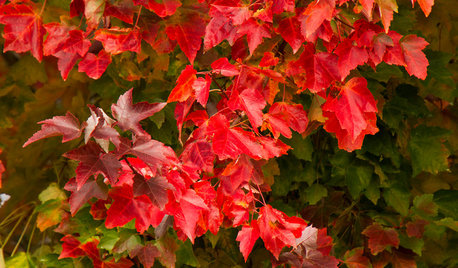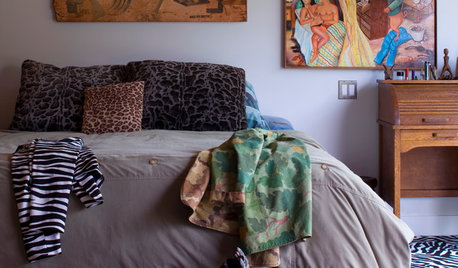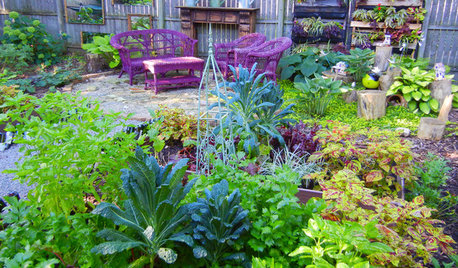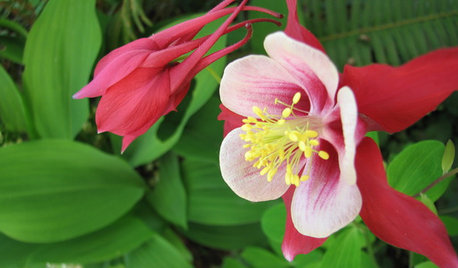Fast growing shade tree
supertyphoon
16 years ago
Featured Answer
Sort by:Oldest
Comments (30)
quirkyquercus
16 years agopineresin
16 years agoRelated Professionals
Surprise Landscape Contractors · Desert Hot Springs Landscape Contractors · Galt Landscape Contractors · Hendersonville Landscape Contractors · Clearfield Landscape Contractors · Palos Heights Landscape Contractors · Thornton Siding & Exteriors · Arlington Heights Decks, Patios & Outdoor Enclosures · Castle Rock Decks, Patios & Outdoor Enclosures · Cedar Falls Decks, Patios & Outdoor Enclosures · Centreville Decks, Patios & Outdoor Enclosures · Del City Decks, Patios & Outdoor Enclosures · Myrtle Beach Decks, Patios & Outdoor Enclosures · Wheaton Decks, Patios & Outdoor Enclosures · Winchester Center Stone, Pavers & Concretesupertyphoon
16 years agoDibbit
16 years agoquirkyquercus
16 years agopineresin
16 years agosupertyphoon
16 years agosupertyphoon
16 years agoEmbothrium
16 years agoEmbothrium
16 years agoDibbit
16 years agoalabamatreehugger 8b SW Alabama
16 years agosupertyphoon
16 years agosupertyphoon
16 years agopineresin
16 years agopineresin
16 years agoquirkyquercus
16 years agoMissSherry
16 years agoalabamatreehugger 8b SW Alabama
16 years agoDibbit
16 years agotreeguy123
16 years agopineresin
16 years agosupertyphoon
16 years agotreeguy123
16 years agopineresin
16 years agotreeguy123
16 years agoquirkyquercus
16 years agoquirkyquercus
16 years agoMissSherry
16 years ago
Related Stories

GARDENING GUIDESGrow Your Own Privacy: How to Screen With Plants and Trees
Use living walls to lower your home and garden's exposure while boosting natural beauty in your landscape
Full Story
TREESGreat Design Plant: Acer Rubrum Brings Shade and Beauty
Red maple — a fast-growing, low-maintenance Eastern native — has spectacular fall foliage and early-spring flowers that feed pollinators
Full Story
LANDSCAPE DESIGN7 Great Trees for Summer Shade and Fall Color
These landscape-pro faves straddle the seasons beautifully. Could one enhance your own yard?
Full Story
DECORATING GUIDESFix Those 'Whoopsies': 9 Fast Solutions for Decorating Mistakes
Don't suffer in silence over a paint, furniture or rug snafu — these affordable workarounds can help
Full Story
GARDENING GUIDESShades of Vegetable Gardens: Growing Edibles in Less Sun
See how one gardener produces a veritable feast of vegetables and herbs under a canopy of shade
Full Story
GARDENING FOR BUTTERFLIESGreat Design Plant: Columbine Grows Happily in Shade and Sun
Its ethereal beauty comes from complex forms and wide-ranging colors, but columbine’s benefits are highly attractive too
Full Story
EDIBLE GARDENSHow to Grow Your Own Luscious Cherries
Nope, they’re not the easiest fruit to grow. But with spectacular blossoms and pies as possibilities, cherries are sure worth a try
Full Story
FRUIT TREESHow to Grow Your Own Persimmons
Sturdy and easy to care for, these trees offer bright fruit through winter — and keeping them in bounds is no sweat
Full Story
EDIBLE GARDENSHow to Grow Your Own European and Asian Pears
Try these trees for their good looks, delicious fruit and wide range of sizes — plus you can espalier them
Full Story
EDIBLE GARDENSWhy Grow Quince? For Beauty, Fragrance and Old-Time Flavor
Delightfully perfumed fruit and lovely spring blossoms make this apple and pear cousin worth a spot in the garden
Full StoryMore Discussions









Dibbit